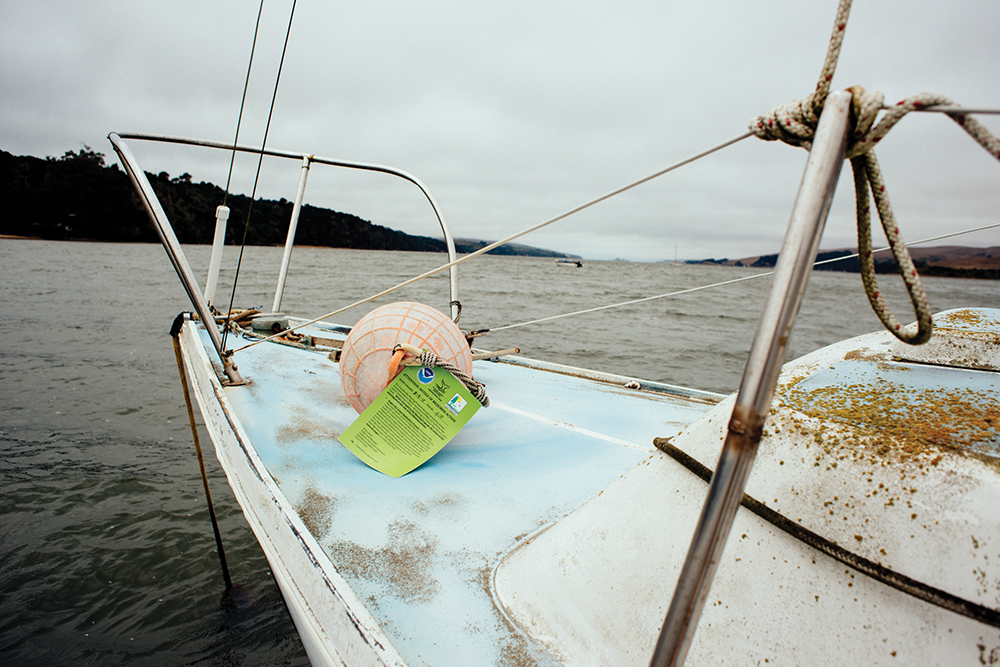Sailboats and trawlers bobbing in Tomales Bay must now pay for moorings and abide by stricter guidelines for how and where their boats can . . .
Mooring plan takes effect in bay


Sailboats and trawlers bobbing in Tomales Bay must now pay for moorings and abide by stricter guidelines for how and where their boats can . . .